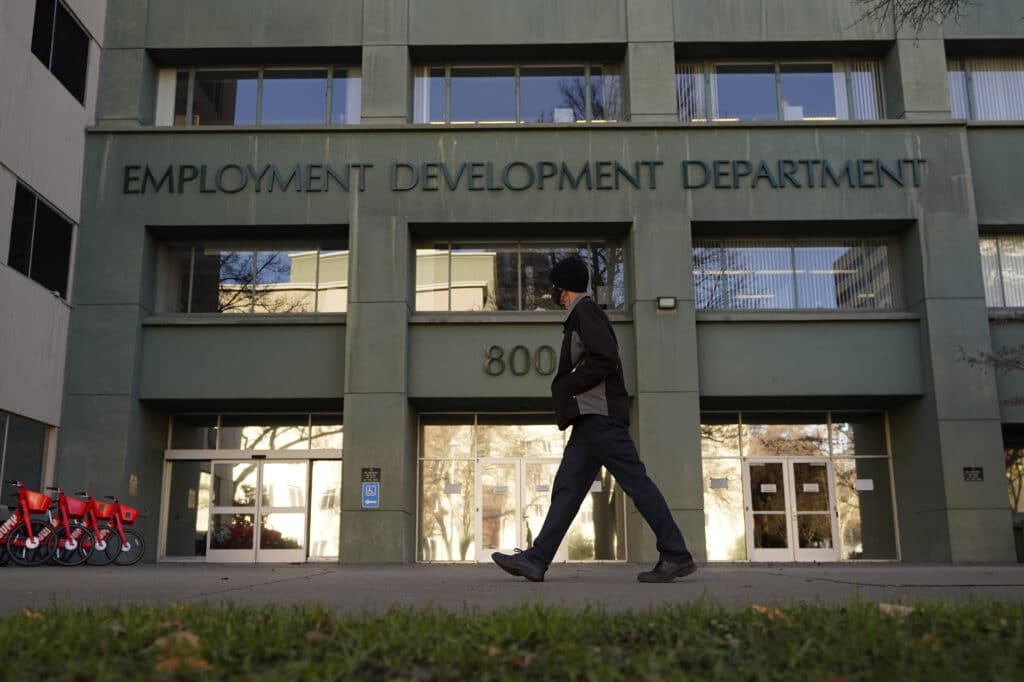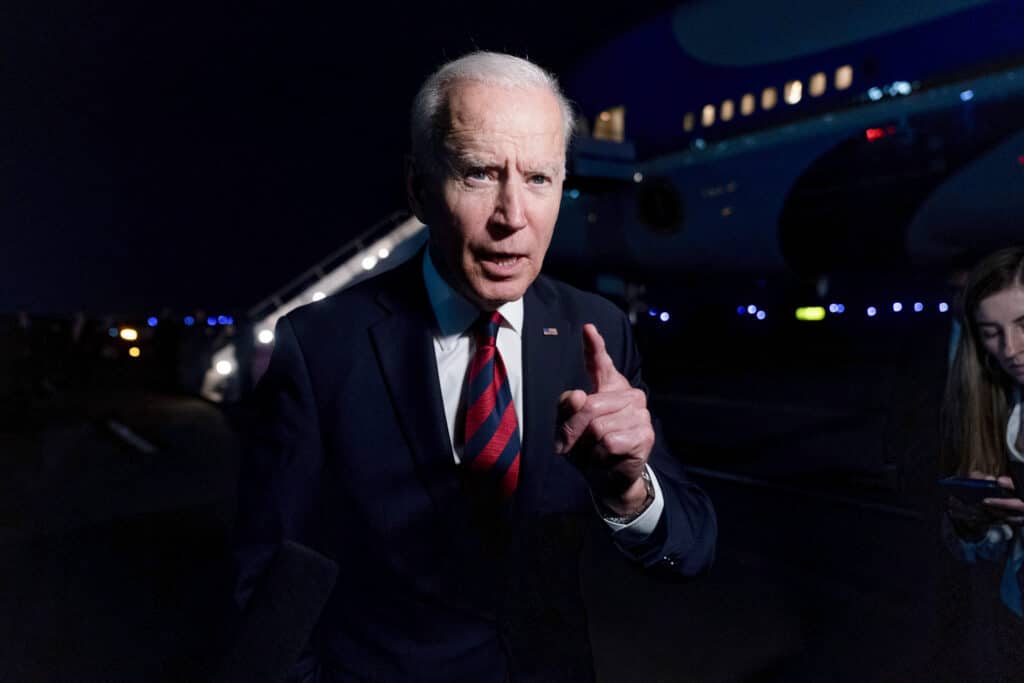Mostly driven by government aid, the economy is showing signs of recovery after pandemic woes. There is a concern that the rosy recovery will be affected by the new delta variant of the virus. The Associated Press has the story:
As long as Biden can keep pumping cash into the economy, numbers will steadily improve
WASHINGTON (AP) — Fueled by vaccinations and government aid, the U.S. economy grew at a solid 6.5% annual rate last quarter in another sign that the nation has achieved a sustained recovery from the pandemic recession. The total size of the economy has now surpassed its pre-pandemic level.
Thursday’s report from the Commerce Department estimated that the nation’s gross domestic product — its total output of goods and services — accelerated in the April-June quarter from an already robust 6.3% annual growth rate in the first quarter of the year.
With the quarterly figures less than analysts had expected. But that was mainly because supply chain bottlenecks exerted a stronger-than-predicted drag on companies’ efforts to restock their shelves. The slowdown in inventory rebuilding, in fact, subtracted 1.1 percentage points from last quarter’s annual growth.
By contrast, consumer spending — the main fuel of the U.S. economy — was robust last quarter: It advanced at an 11.8% annual rate. Spending on goods grew at an 11.6% rate, though down from a 27.4% surge in the first quarter. And spending on services, from restaurant meals to airline tickets, expanded at a 12% rate, up from a 3.9% gain in the January-March period as vaccinations encouraged more Americans to shop, travel and eat out.

For all of 2021, the economy is expected to expand perhaps as much as 7%. If so, that would be the strongest calendar-year growth since 1984. And it would mark a sharp reversal from last year’s 3.4% economic contraction — the worst in 74 years — as a result of the pandemic.
Yet overhanging the rosy economic forecasts is the possibility of a resurgent coronavirus in the form of the highly contagious delta variant. The U.S. is now averaging more than 60,000 confirmed new cases a day, up from only about 12,000 a month ago. Should a surge in viral infections cause many consumers to hunker down again and pull back on spending, it would weaken the recovery.
For now, the economy is showing sustained strength. Last month, America’s employers added 850,000 jobs, well above the average of the previous three months. And average hourly pay rose a solid 3.6% compared with a year earlier, faster than the pre-pandemic annual pace.
“The fundamentals for consumers and businesses are still very good,” said Gus Faucher, chief economist at PNC Financial, who said he had so far seen no effects from a rise in confirmed viral cases.
Consumer confidence has reached its highest level since the pandemic struck in March 2020, a key reason why retail sales remain solid as Americans shift their spending back to services — from restaurant meals and airline trips to entertainment events and shopping sprees. Businesses are also showing renewed faith in the economy, with orders for manufactured goods pointing to solid corporate investment.

Underpinning the recovery have been trillions in federal rescue money, ranging from stimulus checks to expanded unemployment benefits to small business aid to just-distributed child tax credit payments. And millions of affluent households have benefited from a vast increase in their wealth resulting from surging home equity and stock market gains.
The economy is also receiving substantial support from the Federal Reserve. On Wednesday, the Fed reaffirmed that it will maintain its key short-term interest rate at a record low near zero to keep short-term borrowing costs low. It will also continue to buy government-backed bonds to put downward pressure on long-term loan rates to encourage borrowing and spending.
The recovery, in fact, has been so rapid, with pent-up demand from consumers driving growth after a year of lockdowns, that one looming risk is a potential spike in inflation that could get out of control. Consumer prices jumped 5.4% in June from a year ago, the sharpest spike in 13 years and the fourth straight month of sizable price jumps.
Some economists have warned that by choosing not to begin withdrawing its extraordinary support for the economy, the Fed may end up responding too late and too aggressively to high inflation by quickly jacking up rates and perhaps causing another recession.
But at a news conference Wednesday, Fed Chair Jerome Powell underscored his belief that with recent inflation readings reflect price spikes in a narrow range of categories — from used cars and airline tickets to hotel rooms and auto rentals — that have been distorted by temporary supply shortages related to the economy’s swift reopening. Those shortages involve items like furniture, appliances, clothing and computer chips, among others.
Magnifying the supply bottlenecks is a rise in viral cases at transportation ports in Asia that have caused some manufacturing plants to shut down. Those bottlenecks could, in turn, continue to obstruct the flow of goods to retailers in the United States.
A shortage of workers, too, has made it harder for restaurants, retailers and many other service-industry employers to fill jobs as consumer demand surges — even employers that have been raising wages. Despite the job market’s steady gains, unemployment, at 5.9%, is still well above the 3.5% rate that prevailed before the pandemic struck. And the economy remains 6.8 million jobs short of its pre-pandemic total.
Should the economy’s shortages persist well into the future, the economy would likely struggle to maintain its current robust pace of growth.
By MARTIN CRUTSINGER






